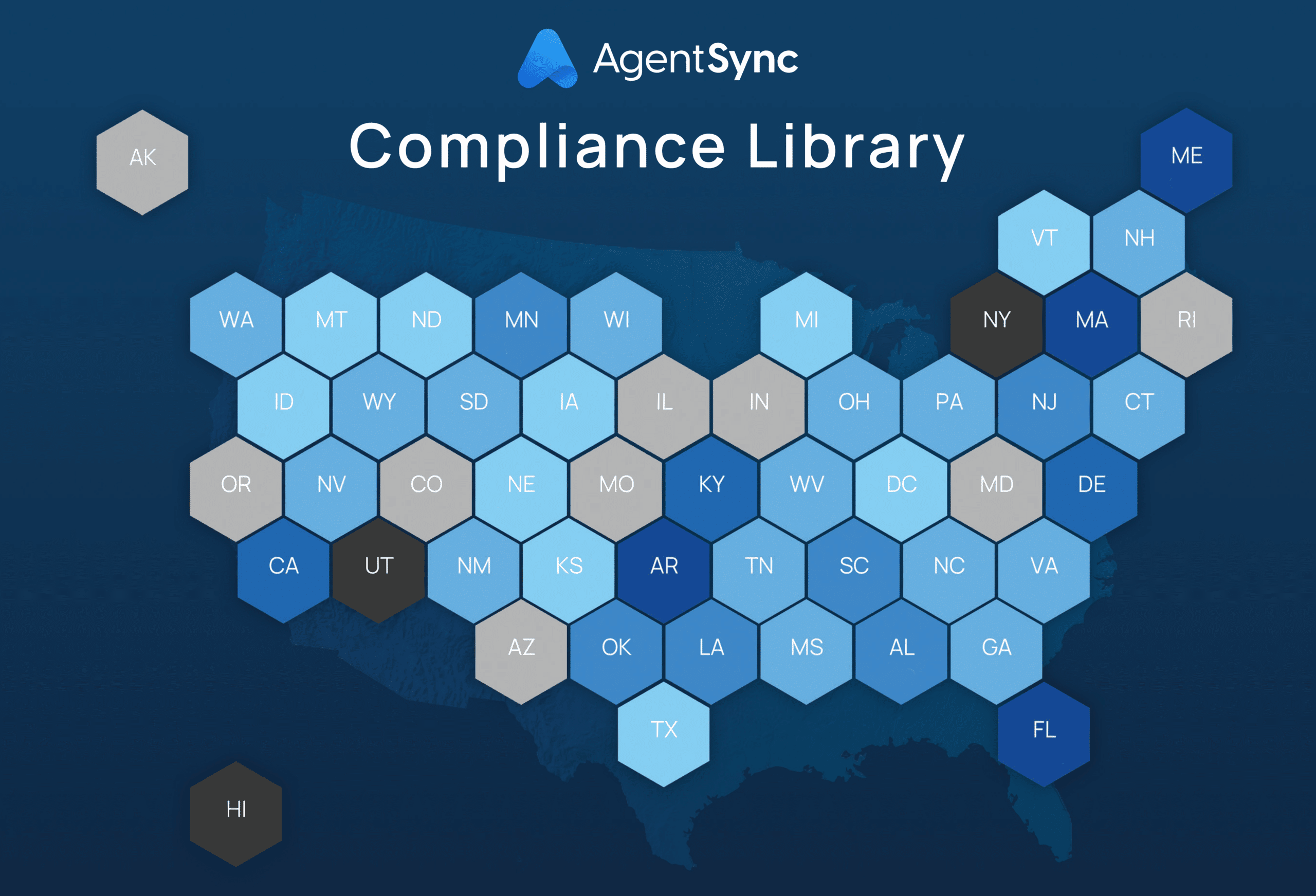

What if I told you that in September of 2023, two writers who focus primarily on insurance industry content presented to a standing-room-only audience at an international conference in Washington, D.C.? Too niche to be true? Nope, because that’s exactly what happened at Content Marketing World 2023.
To our shock and delight, our presentation “Killer Content in a Niche Industry” filled the room beyond its capacity and required event staff to lock the doors and turn away a whole line of people still waiting to get in. While we’d like to think this is because of our magnetic personalities, the truth is probably that people in niche industries (like insurance) are craving some insights into how they can use content marketing to connect with their customers.
If you’re reading this and wondering how on earth it applies to your job as a non-marketing and content type person in the insurance industry, we’re getting there. The truth is that “content marketing” isn’t just for marketing people. It’s a way for anyone in any business to build relationships with potential customers, gain trust, and eventually win business. In fact, you might be doing it already without even knowing it. Read on to learn the basics of content marketing and, more importantly, how insurance carriers, agencies, brokers, and producers can use it to build relationships and grow business.
What is content marketing?
Content marketing, like it sounds, is using content (written, video, audio, multimedia, etc.) to engage an audience. Content marketing is different from other types of marketing and advertising, specifically in that it isn’t directly trying to sell something. You won’t often see a claim like “We’re the best, so buy our product” in content marketing because it’s a game of “actions speak louder than words.” Instead of trying to sell you something, content marketing actually gives something away for free.
We’re not talking about a t-shirt or a mug, though: What content marketing gives away is useful knowledge, and even actionable instructions, to help your potential customers do something better without asking for anything in return. At most, sometimes content marketing asks for someone’s name and email address, but generally provides something of even higher value if that’s the case.
How does content marketing work?
If giving away something for nothing sounds like a bad strategy, think again! Content marketing works because when a company provides accurate and valuable information, it builds trust with potential customers. A brand can go from unknown to a household name without selling a single product. Of course, selling the product is the goal. But when a company gives away something its customers find valuable, it’s making a long-term investment that can pay off later.
Content marketing for insurance carriers
As the largest entities in the insurance distribution channel (on average), insurance carriers may have more resources to invest in what generally falls under the content marketing umbrella. Whether they’re actually leveraging those resources is a whole other story!
Examples of content marketing collateral for insurance carriers might include:
- A free tool to help you calculate how much life insurance you need
- A free guide for first-time homebuyers with tips and tricks for making it through the process
- A free car-buying guide with comparisons of this year’s best-performing and safest vehicles
These are just a few of the nearly infinite types of informative and educational content and insurance carrier can make available, not because doing so earns them money right away, but because providing a valuable resource to potential customers gets you in front of those customers who may be looking for your product now or in the future.
Also, for insurance carriers, don’t forget that content marketing can be equally as valuable when it’s directly consumer-facing as when it’s targeted to downstream distribution channel partners like agencies, MGAs, MGUs, and brokerages. If you’re a carrier, you want to partner with the best agencies and agents so that your products get in front of the most end-consumers as possible. In the same vein as the types of pieces mentioned above, insurers can focus on resources that help agencies and their agents, like an educational video series on improving your customer service techniques aimed at helping agents do better business.
Content marketing for insurance agencies, MGAs, and MGUs
For those that sit in the middle of the insurance distribution channel, content marketing efforts may be primarliy focused on the insured to attract potential clients. It’s also possible to aim content marketing efforts at individual agents that an agency may want to attract. When talking about which types of content appeal to the end-consumer, it’s largely similar to the types of pieces carriers may create for their own direct-to-consumer efforts (mentioned above).
Things like free guides, calculators, and home or auto-buying toolkits can work just as well for agencies trying to build trust with potential clients as they do for insurance carriers with the same goal. Perhaps even more so, because consumers often view an independent insurance agent as someone who’s got their back more than the insurance company itself.
For agencies trying to use content marketing to attract the best agents, producers, and dually licensed broker dealers, content that speaks to what that audience cares about can be helpful. For example, if you’re an agency, MGA, or MGU, sending out a link to a free compliance library you found to producers you’re trying to woo could get that person to check out your website or contact your recruiting team. This is a prime example of how an organization doesn’t necessarily have to create the content to do content marketing. A newsletter that curates helpful information and resources can be a valuable content marketing tool even if you aren’t the one creating those pieces.
Content marketing for insurance agents, brokers, and producers
Individual insurance agents may not have the resources that larger insurance carriers and agencies do. That doesn’t mean they can’t still use content marketing to help build relationships and grow their business. Because, as we’ve said, content marketing is really just providing useful information to your potential customer without asking for anything in return, insurance agents and producers can engage in this practice in a variety of ways.
Some examples of the types of content and insurance agent could use include:
- A free guide to understanding retirement, Medicare, and Social Security for those nearing retirement age
- Tips and tricks for finding senior discounts wherever you go
- Localized content, like a calendar of events (particularly, free, family events) for the city or town you serve
- A free guide to basic insurance education, or 10 questions to ask an insurance agent before you work with them
The sky is truly the limit when it comes to ways insurance agents can use content marketing to build a reputation as a trusted partner and someone to turn to when you need insurance help.
Top Content Marketing World takeaways for insurance businesses
With this basic understanding of what content marketing is, and how different players in the insurance distribution channel can use it to their advantage, let’s talk about some takeaways from the world’s largest content marketing educational conference. (This is the part where we’re giving away valuable stuff for free ????.)
- Make sure your content is worth your audience’s time
Written “for humans by humans” is the new gold standard for content. While it may be true that artificial intelligence can do some aspects of writing, as of right now, the output isn’t good enough to create raving fans for any brand. Even less so when your brand is something as dry, technical, and complex as insurance.
- Create for people, not for Google
Along the same lines as the first tip, creating your content for the people you want to consume it and not for earch engines is very important. What we’ve learned along the way is that search engines will recognize good content when they have the chance to see it. So, over time (and yes, it can take a very long time), the content that’s the most helpful to your audience is also what the search engines will prioritize.
- Be authentic, not generic
Particularly with the rise of large language models like ChatGPT, anyone and everyone can pop out generic content at a mile a minute. This isn’t the type of stuff that’s going to help insurance professionals build relationships and trust with their potential clients, or ever lead to sales. What we consider good content, and thus good content marketing, relies on having authenticity, a unique voice, and saying something that people can’t find everywhere else.
- Do research and cite sources
It doesn’t have to be as comprehensive as an academic paper, but the best content will give the audience something real, which means backing up claims with factual data from reliable sources. If you’re trying to gain the trust of the 12,000 people hitting retirement age each day in 2024 by providing them with helpful information that applies to their lives, that information has to be accurate. Don’t rely on hearsay, common sense, or your gut feeling when making claims that can be proven or disproven. Rely on the facts, know what a reliable source looks like, and cite those sources to show you’ve done your homework.
- Don’t be afraid to laugh
Marketing traditionally relies on emotions like fear to urge people into acting (which often translates into buying a product). But humor can be just as effective as fear, without some of the downsides that come with evoking negative emotions in your audience. Humor can help messages stay memorable long after the content’s been consumed. We know that the insurance industry is heavily regulated and there are guardrails around what insurance carriers, agencies, and producers can say and do in the course of selling products.
That doesn’t mean, however, that you’re destined for a life of dry and dull content. This is particularly true when you’re working in the realm of content marketing. Because, remember, content marketing isn’t just about hawking your product. It’s meant to be informative, educational, and engaging so that your potential customers think of you and how helpful you are next time they need to buy something.
If you’re curious about how topics like compliance and modern insurance technology can be fun and funny, check out a couple of examples.
Everything is content. Everything is marketing.
This concept might be new to you, or maybe it’s entirely familiar. Either way, chances are good that you’ve been using at least some of the basics of content marketing in your insurance business already. We definitely have! From our free compliance library, to blogs helping insurance agents avoid losing their licenses, to guides on the future of the P&C industry, AgentSync aims to give you something valuable at every turn, even if you never buy anything from us. If, by chance, you are in the market for an automated producer license compliance solution… Well, may we suggest you contact us for a demo?

